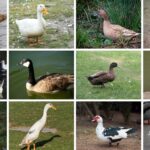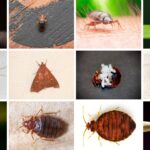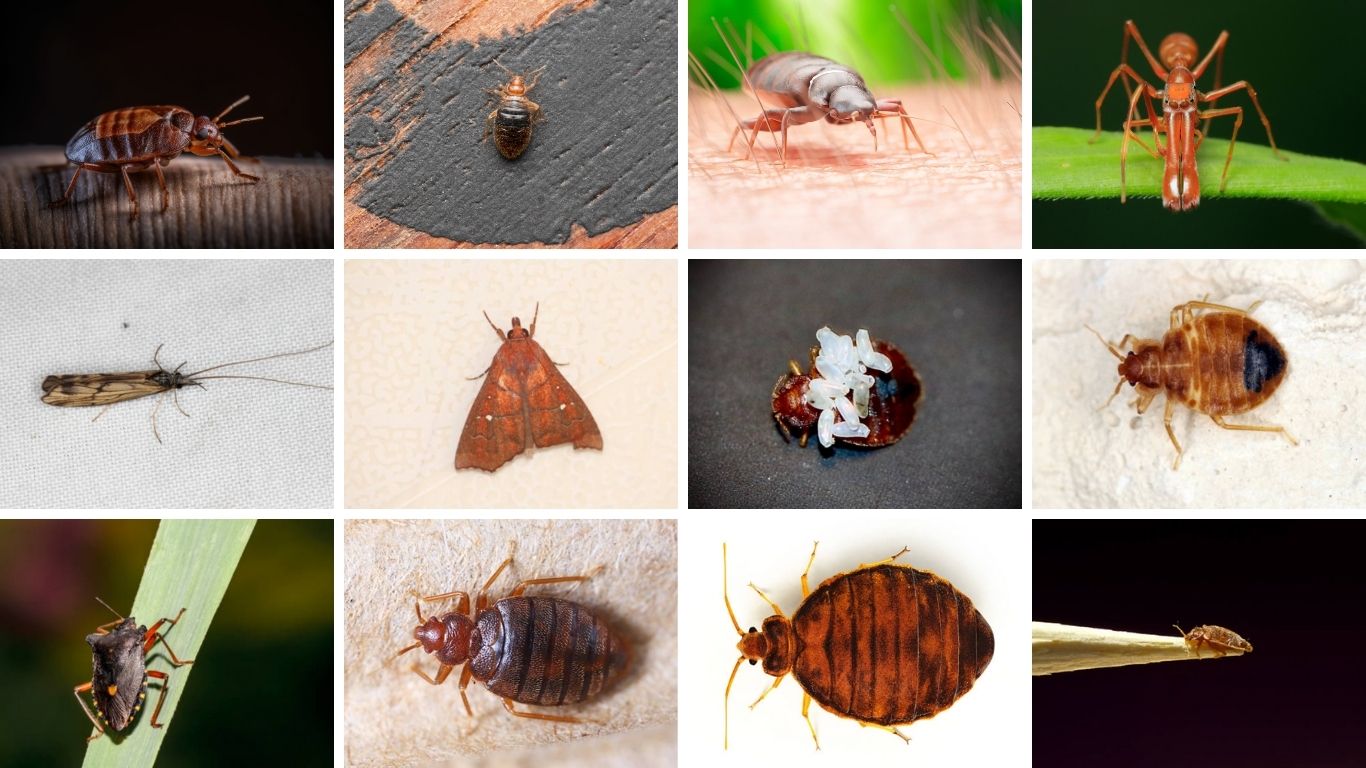Bed bugs aren’t limited to just the common variety we often hear about. In fact, there are multiple species—some feed exclusively on bats or birds, while others target humans. This guide introduces 15 different types of bed bugs, including their identification features, habitats, feeding behavior, and life cycles. Whether you’re dealing with an infestation or just curious, understanding each species can help you take the right preventive or control steps.
1. Cimex lectularius (Common Bed Bug)
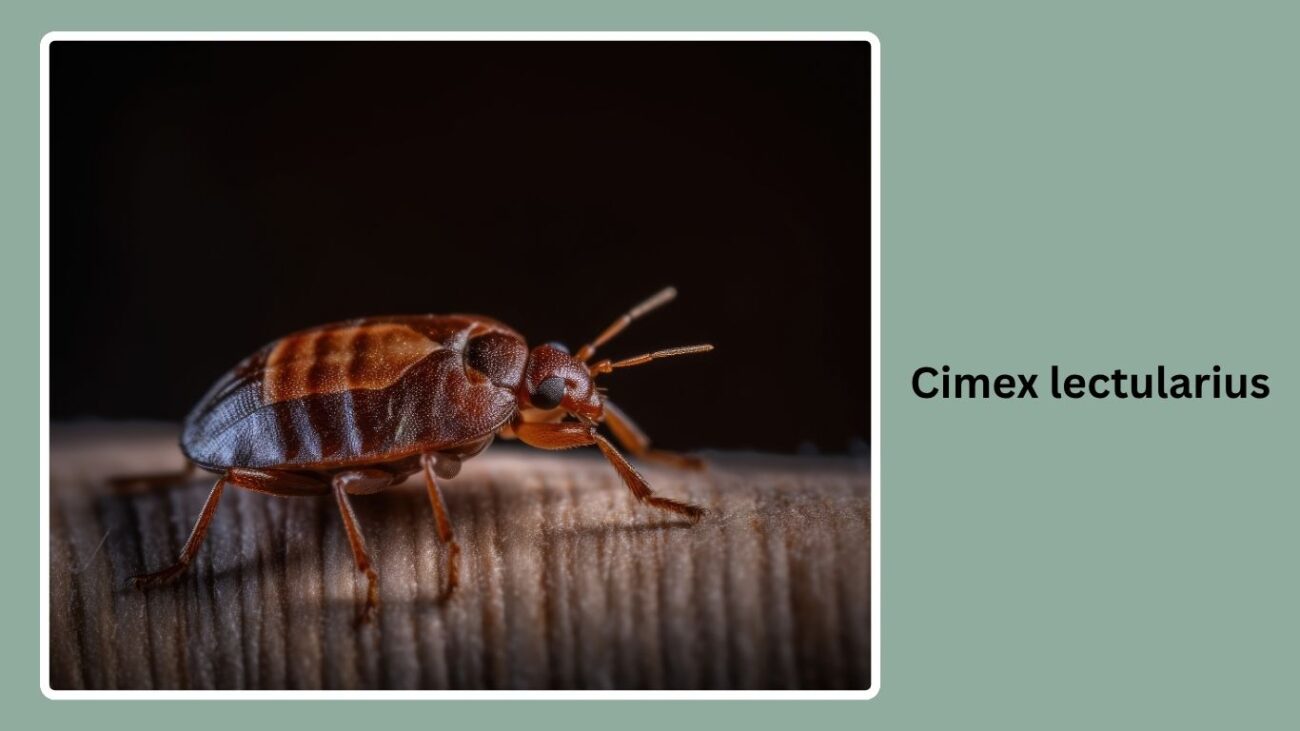
Cimex lectularius is the most widespread and well-known species of bed bug. It is commonly found in homes, hotels, dormitories, and public transportation around the world. This species feeds on human blood, usually at night, and is known for causing itchy bites and sleepless nights due to infestations.
Identification
- Reddish-brown, oval, and flat body
- About 4–5 mm in length (adult)
- Wingless with six legs and two antennae
- Emits a musty odor when crushed
Habitat and Hiding Spots
Common bed bugs hide in mattress seams, bed frames, cracks in walls, behind picture frames, and under carpets. They prefer warm areas close to where people sleep or rest for long periods.
Feeding and Behavior
They feed at night and are attracted to body heat and carbon dioxide. After feeding, they retreat to hidden locations to digest and reproduce. A single female can lay hundreds of eggs in her lifetime.
Life Cycle and Reproduction
Cimex lectularius undergoes incomplete metamorphosis. Eggs hatch in 6–10 days, and nymphs pass through five molts before reaching adulthood. Under ideal conditions, they can complete their life cycle in 6–8 weeks.
2. Cimex hemipterus (Tropical Bed Bug)
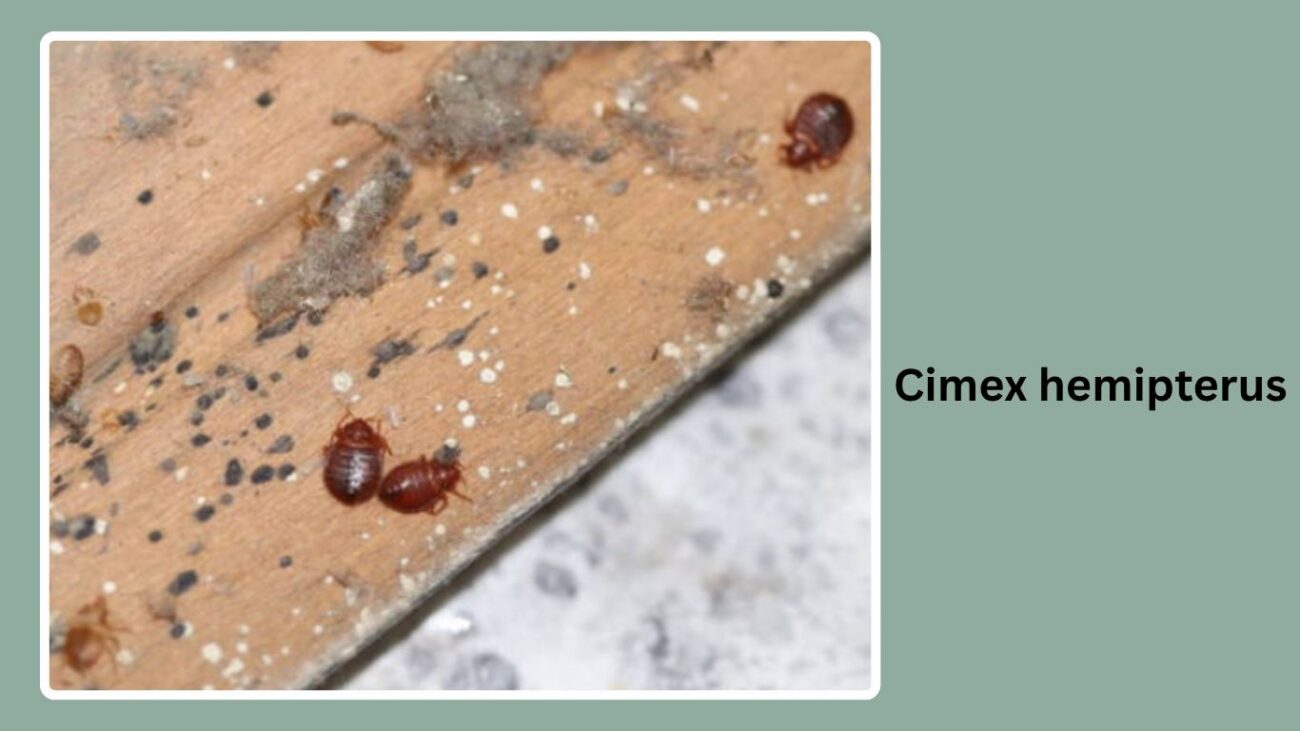
Cimex hemipterus is closely related to Cimex lectularius but thrives in warmer climates. This species is more prevalent in tropical and subtropical regions and is also a human blood-feeder. Infestations by Cimex hemipterus can be severe and difficult to manage due to its resilience.
Identification
- Slightly longer and thinner than Cimex lectularius
- Reddish-brown, flat, and wingless body
- Approximately 5–6 mm in length
- Longer legs and more prominent hairs on the body
Habitat and Hiding Spots
Common in warm, humid environments like hostels, public transport, and densely populated areas. Hides in cracks, mattresses, and furniture just like the common bed bug.
Feeding and Behavior
Feeds primarily at night and prefers human hosts. Can go several months without feeding. Often spreads quickly in areas with high turnover of people.
Life Cycle and Reproduction
Females lay up to 500 eggs over a lifetime. Eggs hatch within 6–9 days, and nymphs mature through five stages. They develop faster in higher temperatures.
3. Leptocimex boueti

Leptocimex boueti is a lesser-known bed bug species found mainly in West Africa and parts of South America. Unlike other species, this one feeds on both humans and bats, making it a potential vector between wildlife and people.
Identification
- Smaller than common bed bugs
- Light brown to reddish body
- Elongated shape with fine hairs
- Adapted to live in caves and dark structures
Habitat and Hiding Spots
Typically found in bat-inhabited areas, particularly caves, attics, or abandoned buildings. Occasionally invades homes where bats are present.
Feeding and Behavior
Feeds on both humans and bats. Usually active at night but may adapt to host availability. Can transmit parasites between bats and humans.
Life Cycle and Reproduction
Lays eggs in hidden areas near host activity. Nymphs emerge in 5–10 days and mature through multiple molts. Reproduction rate is slower than that of Cimex species.
4. Cimex adjunctus
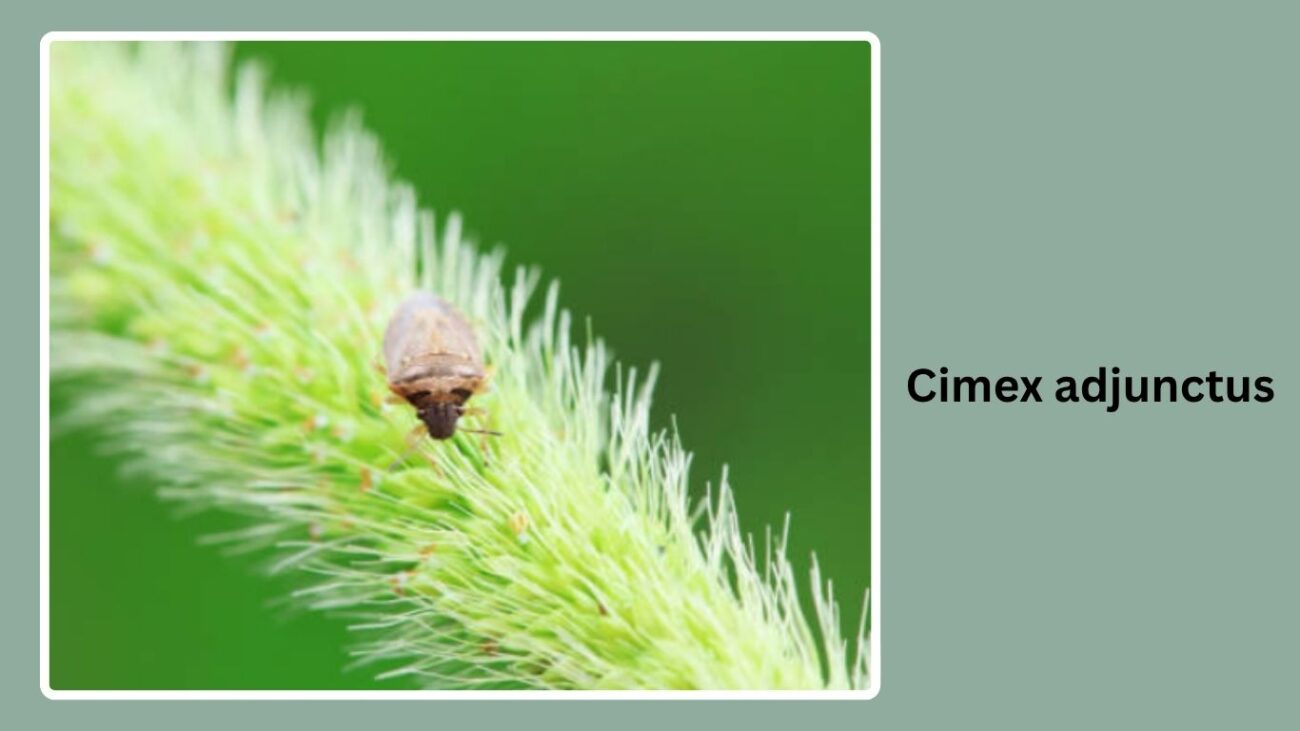
Cimex adjunctus is primarily a bat bug, closely related to common bed bugs but typically associated with bat colonies rather than humans. However, if bats are removed from a structure, these bugs may start feeding on humans in their absence.
Identification
- Similar in appearance to Cimex lectularius
- Slightly longer body hairs
- Brownish color with a flat, oval body
- Around 5 mm in length
Habitat and Hiding Spots
Found in attics, chimneys, and wall voids where bats roost. They live close to bat colonies and will shift their feeding to humans if bats are removed.
Feeding and Behavior
Feeds mainly on bats but will bite humans if no bat host is present. Can survive for long periods without feeding.
Life Cycle and Reproduction
Eggs hatch in about a week, and nymphs molt several times before becoming adults. Their development slows down in colder conditions.
5. Cimex pilosellus
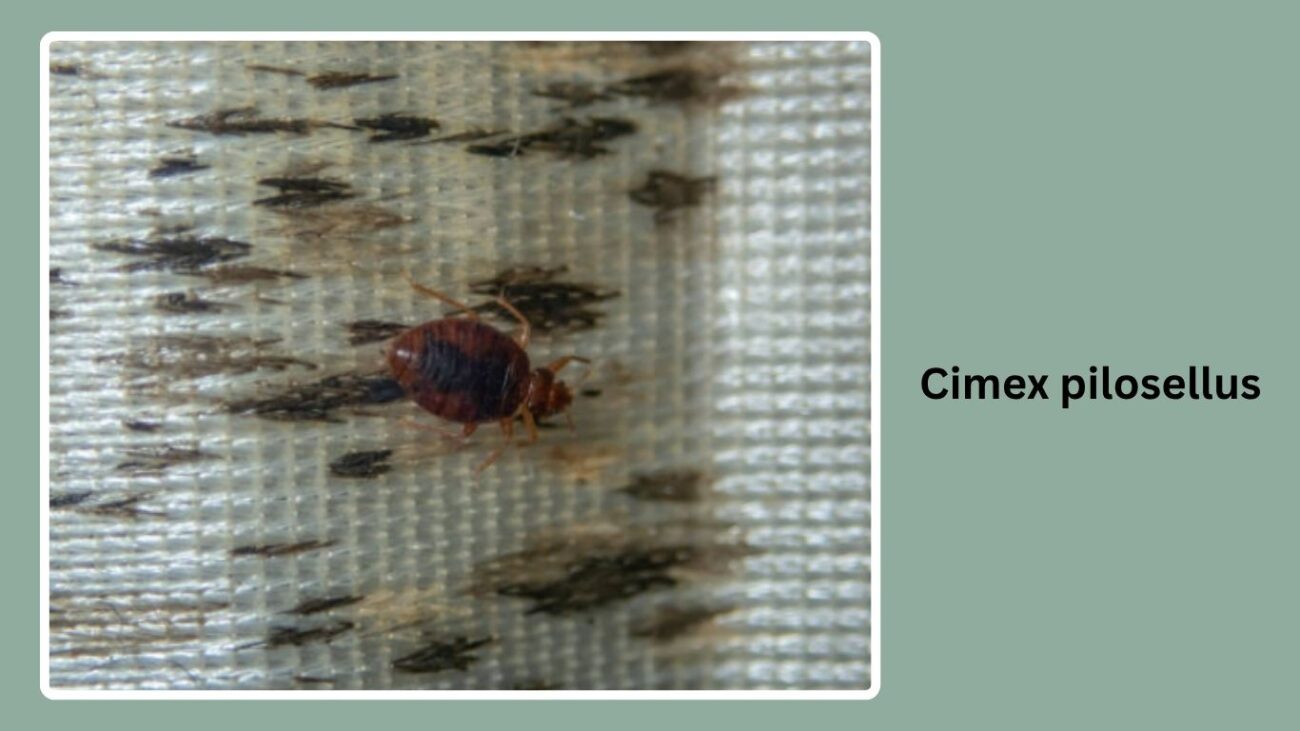
Cimex pilosellus is another bat-associated species found mainly in North America. While it rarely feeds on humans, it may bite people in buildings where bats are present or have recently been removed.
Identification
- Slightly hairier than Cimex lectularius
- Dark brown body with a flatter appearance
- 4–5 mm long
- Lacks wings and is very mobile
Habitat and Hiding Spots
Prefers roosting areas of bats such as caves, attics, and barns. Occasionally found in buildings when bat hosts are disturbed or removed.
Feeding and Behavior
Feeds exclusively on bats under normal circumstances. Opportunistic feeding on humans may occur when bat hosts are no longer available.
Life Cycle and Reproduction
Lifecycle stages include egg, five nymphal stages, and adult. Development time depends on temperature and host availability, typically taking several weeks.
6. Cimex pipistrelli
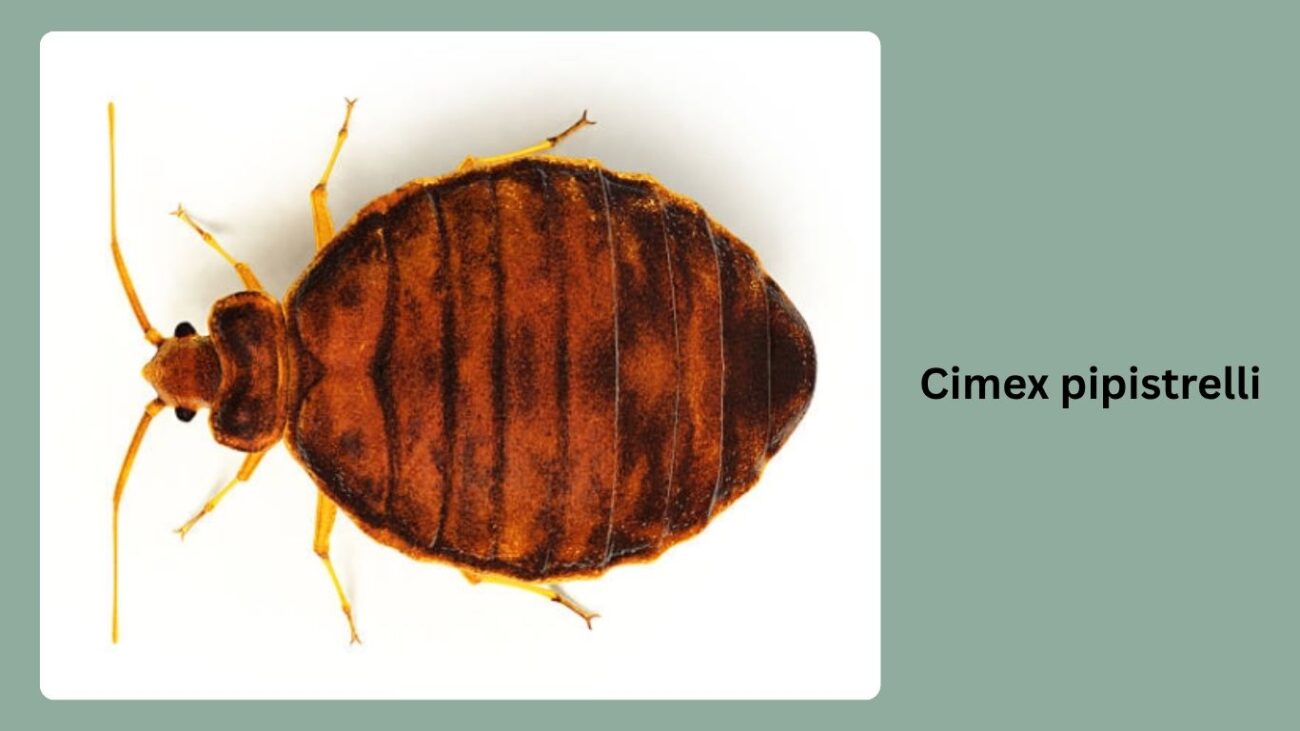
Cimex pipistrelli is commonly referred to as the European bat bug. It is native to Europe and mainly feeds on bats. However, when bats roost in buildings, these bugs may come into contact with humans and occasionally bite.
Identification
- Slightly smaller than common bed bugs
- Brown, flat body with long body hairs
- Measures around 4–5 mm
- Looks nearly identical to Cimex lectularius but has subtle structural differences
Habitat and Hiding Spots
Found in ceilings, attics, and wall crevices where bats nest. May enter human living spaces if disturbed or if bat colonies are removed.
Feeding and Behavior
Feeds almost exclusively on bats but may feed on humans when no bats are present. Not known to spread disease, but bites can cause itching and irritation.
Life Cycle and Reproduction
Eggs are laid near roosting areas. Nymphs hatch in about a week and pass through five molts to reach adulthood. Development is temperature-dependent.
7. Cimex japonicus
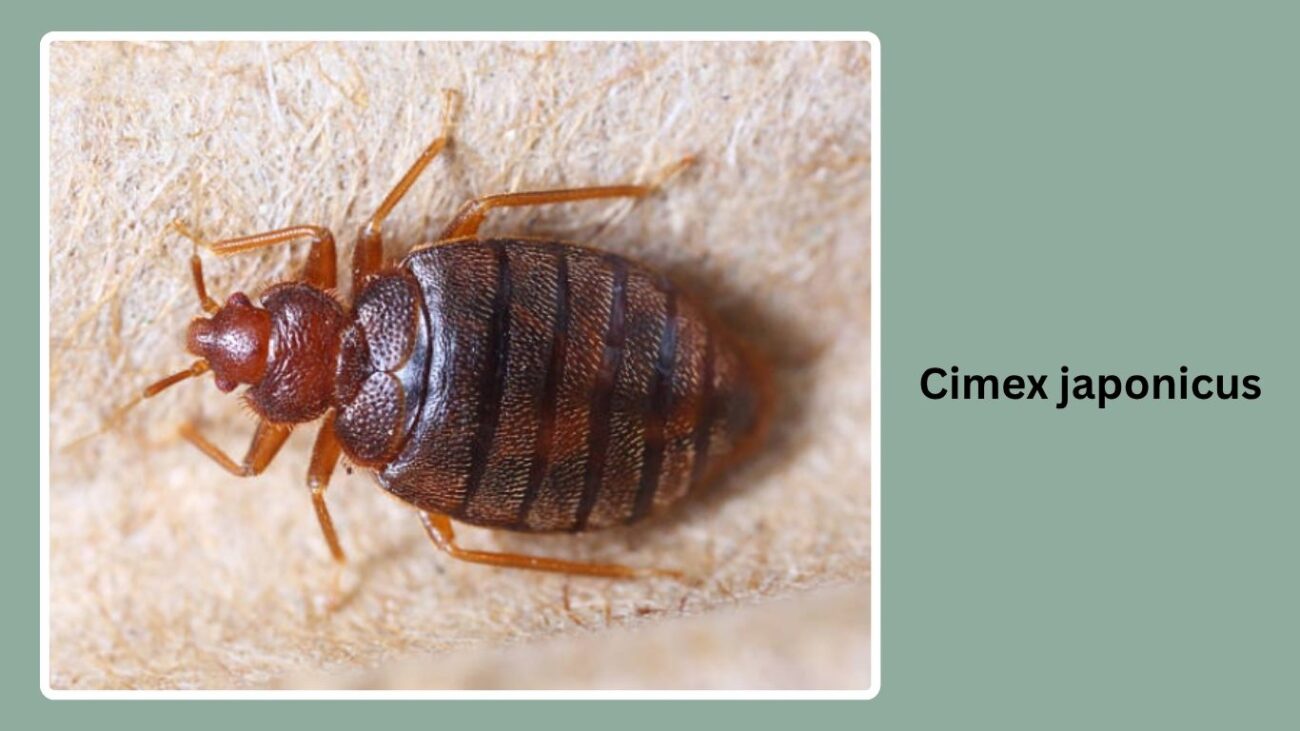
Cimex japonicus is a lesser-known species native to East Asia, particularly Japan. Like several other Cimex species, it is primarily associated with bats but has been observed feeding on humans under certain conditions.
Identification
- Reddish-brown color
- Slightly smaller than Cimex lectularius
- Oval, flat body
- Fine hairs on the thorax and abdomen
Habitat and Hiding Spots
Commonly found in bat roosts within homes, temples, and older structures in Japan. May spread to nearby human sleeping areas when disturbed.
Feeding and Behavior
Mainly feeds on bats. Will bite humans if displaced or if bats are removed from the structure. Nocturnal and hides during the day.
Life Cycle and Reproduction
Lifecycle follows the standard bed bug pattern: egg, five nymph stages, and adult. Reproduction occurs faster in warm environments, especially indoors.
8. Cimex antennatus

Cimex antennatus is a rare species of bed bug primarily associated with bat populations. It has been identified in certain regions of North America and is not typically known for feeding on humans unless displaced from its natural bat host.
Identification
- Brownish, flat body similar to other Cimex species
- Measures approximately 4–5 mm in length
- Distinguished by specific features on its antennae
- Slightly longer and finer body hairs than common bed bugs
Habitat and Hiding Spots
Found in bat roosts such as attics, wall voids, and barns. It avoids human areas unless its bat host is removed or disturbed.
Feeding and Behavior
Feeds almost exclusively on bats. In rare cases, may bite humans when alternative hosts are unavailable. Not aggressive toward humans and tends to stay near bat activity.
Life Cycle and Reproduction
Eggs are laid in secluded areas. Development from egg to adult may take several weeks, depending on environmental conditions and host presence.
9. Cimex columbarius

Cimex columbarius is a bird-associated bed bug species, mainly found in pigeon nests and other avian environments. Though it rarely bites humans, infestations can occur in buildings where birds nest near living spaces.
Identification
- Light brown, flat, oval body
- Around 4–5 mm long
- Shorter body hairs than bat bugs
- Looks similar to other Cimex species but often found near bird habitats
Habitat and Hiding Spots
Common in nests of pigeons, doves, and similar birds. May infest lofts, attics, or window ledges where birds roost close to humans.
Feeding and Behavior
Feeds primarily on birds. Occasionally bites humans, especially if bird nests are removed or if bugs spread into adjacent living areas.
Life Cycle and Reproduction
Lays eggs in and around bird nests. Lifecycle includes five nymphal stages before adulthood. The full cycle may take 6–8 weeks depending on temperature and host proximity.
10. Haematosiphon inodorus (Poultry Bed Bug)

Haematosiphon inodorus, also known as the poultry bed bug, is commonly found in poultry farms across North and Central America. While it mainly feeds on birds like chickens and turkeys, it may bite humans when infestations are heavy or hosts are unavailable.
Identification
- Slightly larger than Cimex species
- Reddish-brown, broad, and flat body
- Adult size ranges from 6–7 mm
- Emits little to no odor compared to Cimex bugs
Habitat and Hiding Spots
Hides in cracks, roosts, nest boxes, and walls of poultry houses. Prefers warm environments with dense bird populations.
Feeding and Behavior
Feeds primarily on poultry. May leave the bird host after feeding and hide nearby. Occasionally bites humans who work in infested facilities.
Life Cycle and Reproduction
Females lay eggs in protected crevices. The complete life cycle can occur within 4–6 weeks under ideal conditions, with multiple generations possible in one season.
11. Oeciacus vicarius (Swallow Bug)
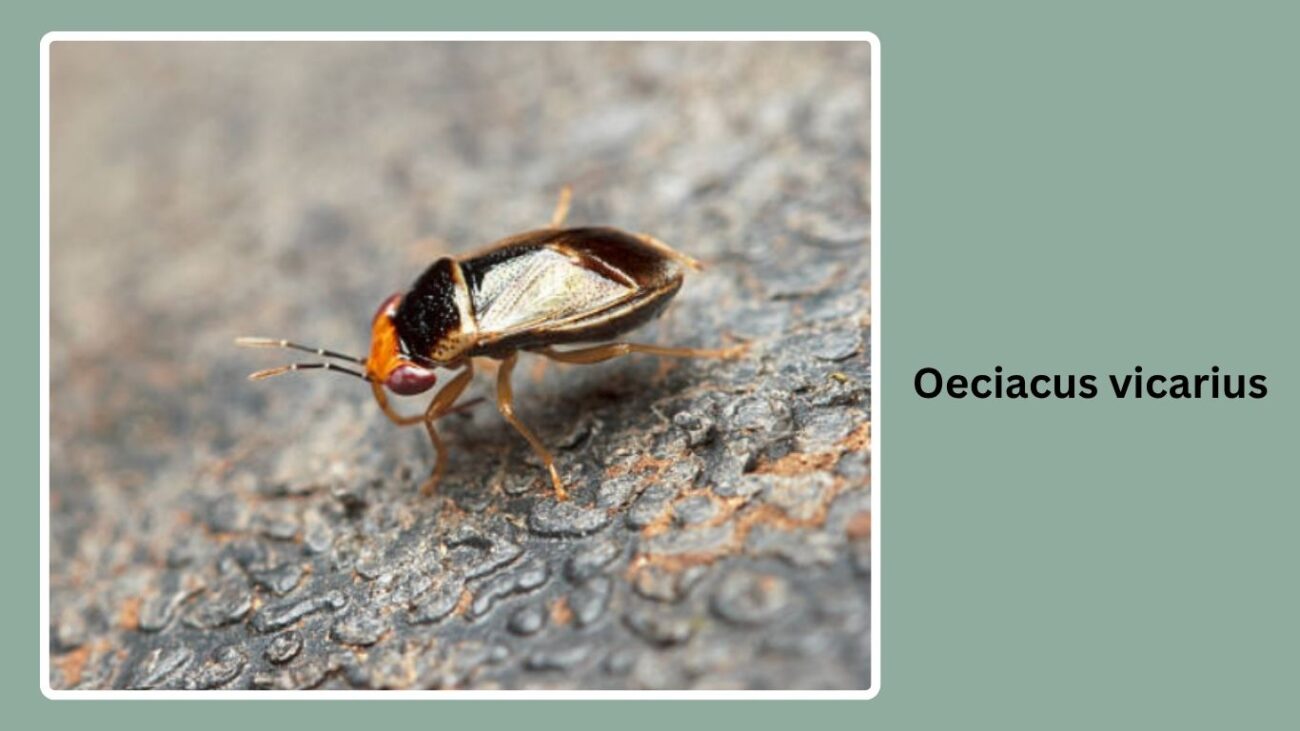
Oeciacus vicarius is also known as the cliff swallow bug. This species is tightly associated with swallows and is common in areas where these birds nest, especially in cliff sides and building eaves. It rarely bites humans but can invade buildings.
Identification
- Grayish-brown and flat body
- About 4–5 mm in size
- Wingless and slightly more elongated than Cimex bugs
- Covered in fine body hairs
Habitat and Hiding Spots
Found in and around swallow nests, especially under eaves and on cliff faces. May move into buildings once the birds migrate.
Feeding and Behavior
Feeds exclusively on swallows during nesting season. When birds leave the area, bugs may enter homes and bite humans.
Life Cycle and Reproduction
Reproduces during the swallow breeding season. Eggs hatch quickly, and nymphs develop in sync with the availability of bird hosts.
12. Oeciacus hirundinis

Oeciacus hirundinis is another bird-associated bed bug species, closely related to Oeciacus vicarius. It is primarily found in Europe and Asia, where it feeds on swallows and martins. Human bites are rare but can occur when nests are close to living spaces.
Identification
- Brownish, oval, and flattened body
- Measures about 4–5 mm in length
- Wingless with short legs and long body hairs
- Similar in shape to common bed bugs but adapted to bird hosts
Habitat and Hiding Spots
Commonly found in swallow nests on buildings or cliffs. May enter homes or attics during or after bird migration.
Feeding and Behavior
Feeds almost exclusively on birds but may bite humans when disturbed or when nests are removed. Usually feeds during the night or in shaded areas.
Life Cycle and Reproduction
Eggs are laid near bird nests. Development from egg to adult takes 4–7 weeks, depending on host presence and environmental warmth.
13. Paracimex cavernis
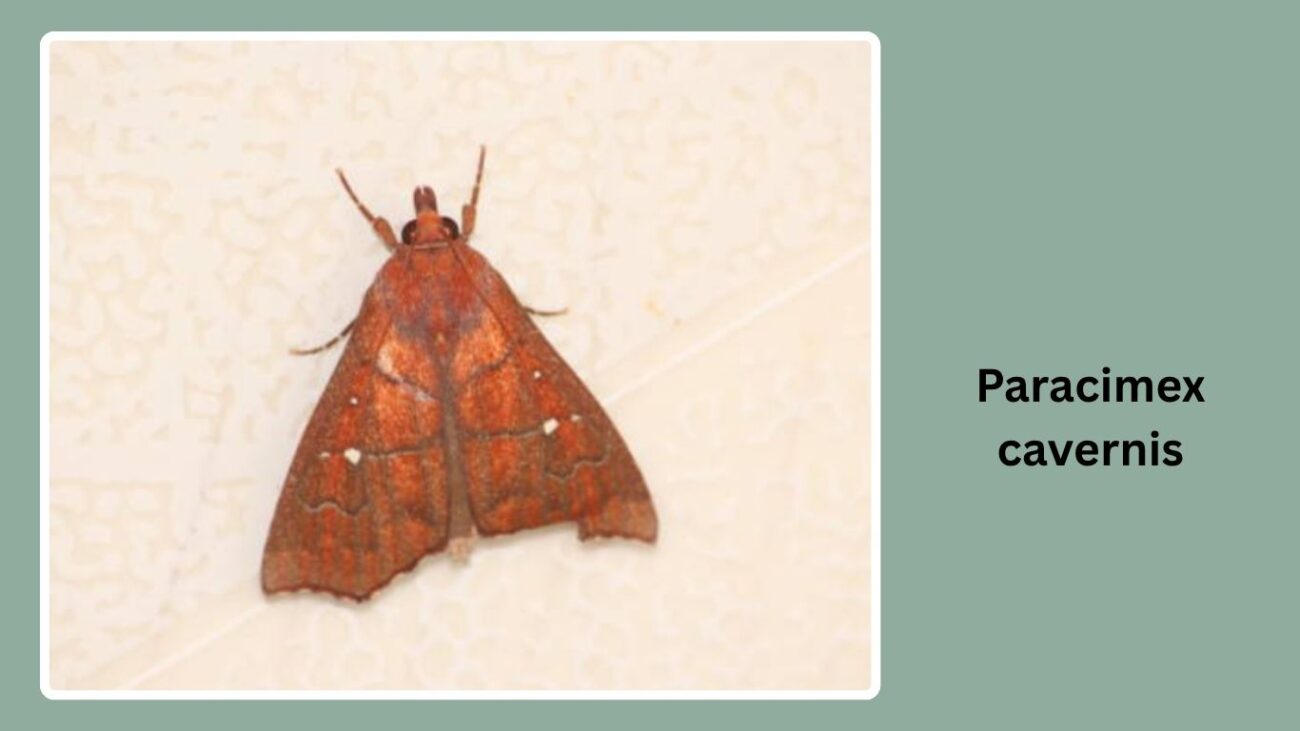
Paracimex cavernis is a cave-dwelling bed bug species associated mainly with bats. It is rarely encountered by humans, but in caves or abandoned buildings where bats roost, it may become noticeable. It is mainly found in Asia and some parts of Eastern Europe.
Identification
- Small, flattened, and reddish-brown body
- Around 4 mm long
- Wingless with slightly elongated antennae
- Adapted for low-light cave environments
Habitat and Hiding Spots
Lives deep inside caves or dark, enclosed areas where bats congregate. Occasionally found in abandoned buildings with bat infestations.
Feeding and Behavior
Feeds on bats and stays close to colonies. Human interaction is rare but possible in shared roosting environments or disturbed areas.
Life Cycle and Reproduction
Reproduces near bat colonies. Eggs hatch in about a week, and the development to adult occurs over several weeks depending on temperature and food supply.
14. Stricticimex parvus

Stricticimex parvus is a specialized bed bug species associated exclusively with bats. It is found mainly in parts of Africa and is adapted to live in roosts and cave environments. It does not normally feed on humans unless displaced.
Identification
- Smaller than common bed bugs
- Brown, oval, and very flat body
- Around 3.5–4 mm in length
- Covered with fine, short body hairs
Habitat and Hiding Spots
Typically resides in dark, humid areas like caves, tree hollows, or building crevices where bats roost. Rarely found in human dwellings unless bats are nesting nearby.
Feeding and Behavior
Feeds exclusively on bats. If bat hosts are removed or migrate, they may bite humans out of necessity, though such incidents are uncommon.
Life Cycle and Reproduction
Eggs are laid in sheltered spots near roosting bats. The life cycle from egg to adult depends on warmth and host presence, usually completing within a few weeks.
15. Stricticimex brevis
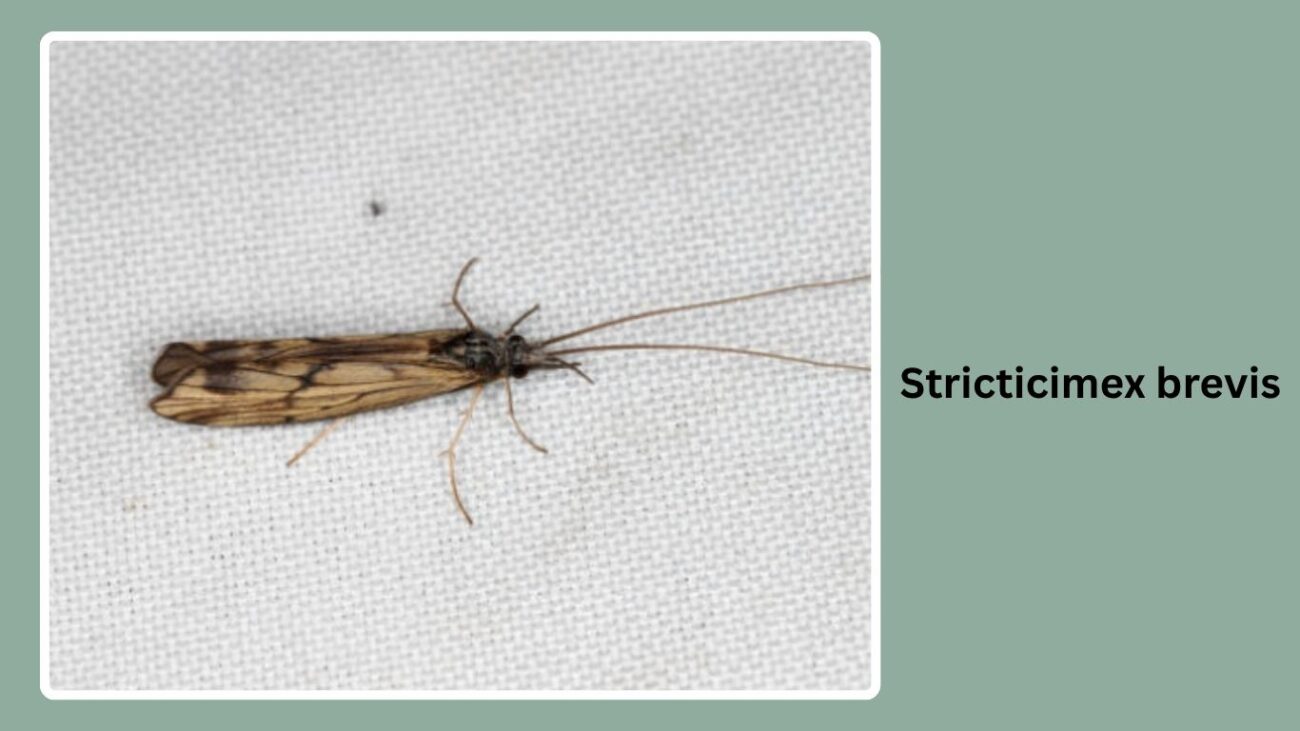
Stricticimex brevis is a rare bat-associated bed bug species known from parts of Asia. Like others in its genus, it relies on bats for feeding and does not usually interact with humans unless its environment is disrupted.
Identification
- Dark brown and slightly glossy body
- About 4 mm long
- More robust body shape compared to other bat bugs
- Lacks wings and has well-developed legs for movement
Habitat and Hiding Spots
Found in caves, tree hollows, and old buildings inhabited by bats. Occasionally enters attics or roof spaces if bats nest in those areas.
Feeding and Behavior
Feeds only on bats. When displaced or if bats vacate the area, may seek alternative blood meals including humans, although such cases are rare.
Life Cycle and Reproduction
Reproduces near bat colonies. Lifecycle includes five nymph stages, similar to other bed bug species. Development rate is influenced by temperature and host access.
FAQs
Are all types of bed bugs harmful to humans?
No, not all bed bug species feed on humans. Some, like Cimex lectularius and Cimex hemipterus, prefer human blood, while others—especially bat and bird bugs—only bite humans when their natural hosts are unavailable.
Can bat or bird bugs infest my home?
Yes, species like Cimex adjunctus or Oeciacus vicarius may enter homes if bats or birds are nesting nearby. If those hosts leave or are removed, the bugs might begin feeding on humans and spread indoors.
What’s the difference between common and tropical bed bugs?
Common bed bugs (Cimex lectularius) are found in temperate climates, while tropical bed bugs (Cimex hemipterus) thrive in warmer regions. Morphologically, tropical bed bugs are slightly longer and thinner.
Can bed bugs transmit diseases?
Although bed bugs can carry pathogens, they are not known to transmit diseases to humans. However, their bites can cause itching, allergic reactions, and secondary infections from scratching.
How can I tell if I have bed bugs in my home?
Look for signs such as small reddish-brown bugs in mattress seams, dark fecal spots on bedding, shed skins, and itchy red bites on your skin—especially after waking up.



